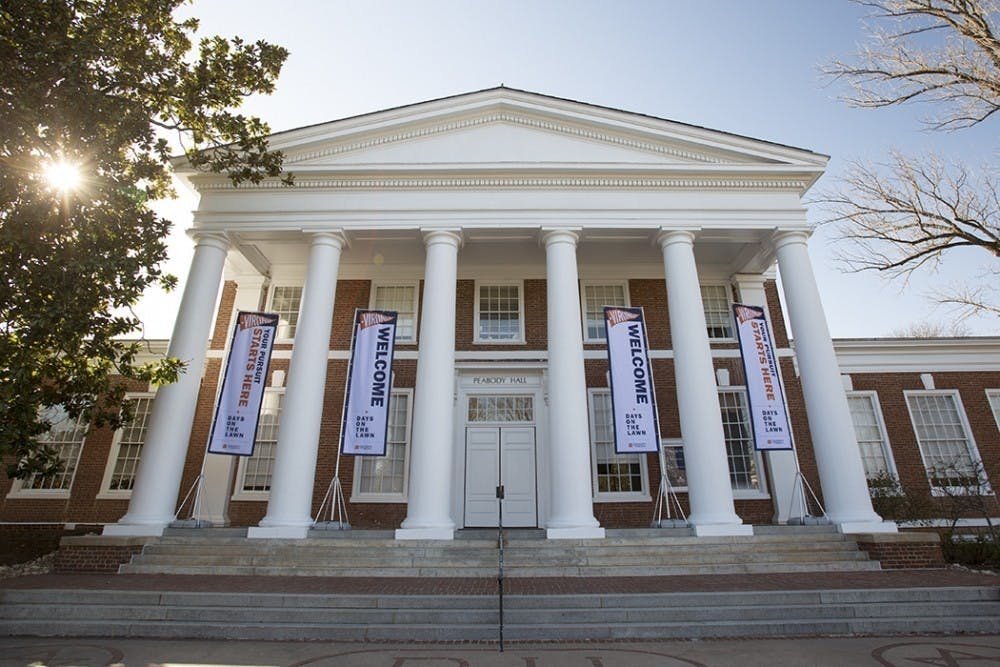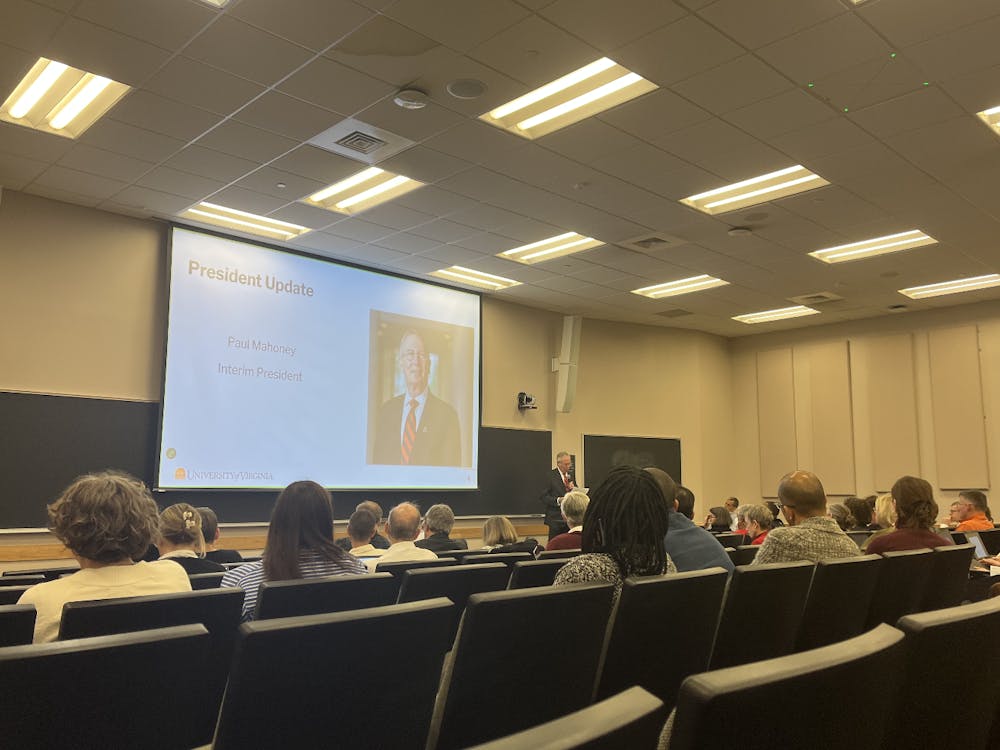The University received 2,918 early decision applications and 28,884 early action applications for the Class of 2025. This marks a 35 percent increase in early decision applications as compared to the 2,157 early decision applications for the Class of 2024. The early action applicant pool saw a 15 percent increase compared to 25,122 early action applications for the Class of 2024.
Last year was the first time since 2006 that the University offered its early decision application option — which is a legally binding admissions plan for students who have decided that the University is their top choice. For those who prefer non-binding application options, the University also offers both an early-action and a regular-decision deadline.
This year, both the early decision and early action deadlines were Nov. 1. Students who wish to apply by the regular decision deadline must submit their applications by January 1. Decisions to admit, defer or deny early decision applicants will be released in mid-December, and admission decisions for early action applicants will be released in mid-February. Students who apply by the regular decision deadline can expect to receive an admission decision by April 1.
The University also announced that it would not require applicants for the Class of 2025 to submit standardized testing as part of their application this year due to the coronavirus pandemic. Students who still wish to submit test scores may do so, but those without test scores will not be penalized. Students may choose whether or not to include test scores when they submit their Common Application, and they have the option to change their decision before the application deadline.
Although the University currently has no estimate of total applications, it has already received 17 percent more applications compared to the same time last year. The University saw similar increases in both early decision and early action applications this year. Early decision applications increased 35 percent, from 2,157 to 2,918 applications. Early action applications also increased 15 percent, from 25,122 to 28,884 applications.
Among early decision applicants, 54 percent of students were from Virginia, while the remaining 46 percent were out-of-state applicants. 28 percent of early action applicants were from Virginia, and 72 percent of applications were out-of-state. In general, the University aims to maintain a student body composed of two-thirds Virginians and one-third out-of-state students.
The early applicant pool includes 215 first-generation applicants and 493 legacy applicants who applied by the early decision deadline. The early decision applicant pool consists of 1,677 white applicants, 412 Asian applicants, 177 Hispanic applicants, 66 Black applicants, one American Indian applicant, 297 foreign national applicants and 135 with more than one race listed.
In the early action applicant pool, there were 2,735 first-generation applicants and 1,585 legacy applicants. The demographic breakdown for early action applicants includes 15,401 white applicants, 4,340 Asian applicants, 2,286 Hispanic applicants, 1,378 Black applicants, 24 American Indian applicants,15 Native Hawaiian applicants, 2,542 foreign national applicants and 1,446 applicants with more than one race listed.
While admission statistics vary between the early decision, early action and regular decision applicant pools, applicants who apply by the early decision or early action deadlines do not receive an advantage in the admissions process. Students are encouraged to apply when they feel their application is the strongest.
Assoc. Dean of Admissions Jeanine Lalonde addressed this issue on her admissions blog, Notes from Peabody.
“We review the applications the same way throughout the entire application season,” Lalonde said. “The admission rates are telling you about the strength of the different pools at U.Va., not about a different style of application review.”
Last year, the University received a record-breaking 40,879 applications and extended offers to 23 percent of applicants. This year, the University modified some aspects of its recruitment process in response to the COVID-19 pandemic. According to Deputy University Spokesperson Wes Hester, the Office of Admissions moved all of its recruitment programs online and University Guides stopped giving tours. The application review process remains the same.
The University is still making an effort to recruit high-achieving, low-income students this year. According to Hester, the University seeks to attract minority and low-income students by hosting open houses specifically for Black and Hispanic students, attending college fairs and panels at underserved high schools and waiving application fees and enrollment deposits for low-income students, among other things. Hester noted that the University has continued these previous practices in a virtual format and pointed to the University’s online chats and Google hangouts as evidence of its efforts to grow low-income enrollment.
“We have hosted hundreds of virtual programming and events reaching tens of thousands of potential applicants,” Hester said in an email to The Cavalier Daily. “We are also connecting U.Va. students, faculty [and] alumni with prospective students and families.”
According to Hester, the University is also one of two public universities in the nation that meets 100 percent of demonstrated financial need for all undergraduate students — whether in-state or out-of-state — while also making admissions decisions without consideration of the student’s financial situation.
“These efforts have enabled exceptional students from Virginia and beyond to come to U.Va. regardless of their financial situation, supporting a student body with both cultural and socioeconomic diversity,” Hester said.
While studying at the University, first-generation, low-income and military-affiliated students are provided with academic and emotional support through AccessUVA. Virginian students whose families make less than $80,000 per year and have “typical assets” may attend the University tuition-free, while students whose families make less than $30,000 and have “typical assets” are eligible for free room and board on top of tuition.
Instead of in-person tours, prospective students are encouraged to familiarize themselves with the University community through a variety of online resources. Prospective students may attend a student-led virtual tour, listen to Voices from a Diverse Community or visit the U.Va. Admissions Blog for more information.







